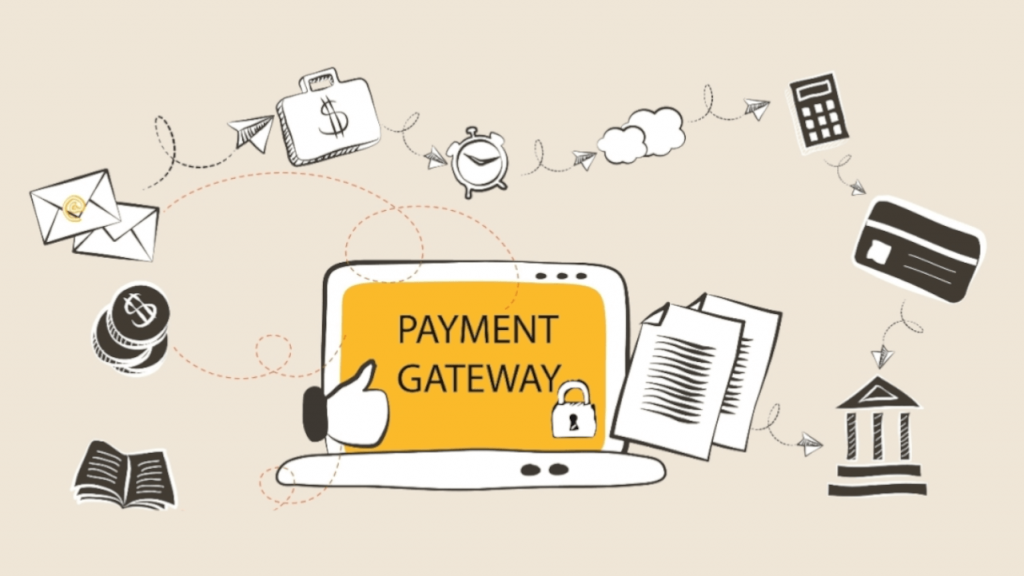
Introduction / What is a payment gateway?
A payment gateway allows sellers/merchants to accept customer payments on their websites. Payment gateways are intermediary programs providing a secure interface between a seller/merchant and the processing bank (acquiring bank/acquirer). ECommerce websites and some subscription or service provider websites use them.
Generally, modern payment gateways come with multiple payment methods, such as Credit/Debit Cards, Net Banking, and UPI, and may even support wallets. In this blog, we’ll look at how payment gateways work, their types, and the things to remember while choosing a payment gateway for yourself.
What is the Role of a Payment Gateway?
The primary role of a payment gateway is to be a secure bridge between merchants & banks. It also validates the transaction of the customer. A payment gateway helps the eCommerce website improve its customer journey by facilitating a secure & easy payment mode. It increases the eCommerce portal’s value, resulting in a satisfied customer base and greater revenue for the merchant.
Payment gateways also help banks collect payments directly from customers in real-time without manual intervention. Payment gateway services can be provided by authorized third-party providers or directly by some banks.
Why do we need it?
With the advent of digitalisation, we slowly switched from cash & cheques to credit & debit cards. It led to merchants providing POS terminals where customers could easily make payments using their credit/debit cards. As time went on and eCommerce started gaining popularity, there was a need for a payment system similar to POS terminals or credit/debit card readers. Payment Gateways were created to fulfill this need. They allow smooth transactions between customers & merchants without having any physical component, creating a perfect solution for online transactions.
How it works (in simple steps)
Step 1
The customer purchases from the merchant website selects their payment method, and enters their payment details like card number, CVV, UPI VPA, etc.
Step 2
The order and payment details are sent securely to the payment gateway. This information is kept strictly confidential and will not be shared with anyone.
Step 3
Next, the payment gateway verifies the customer’s payment details and checks if they have sufficient balance in their account to make the payment. If everything is good, it approves & proceeds with the transaction. The payment gateway also uses anti-fraud tools to prevent fraudulent activities.
Step 4
The payment gateway requests the customer’s bank to initiate the transaction. The issuing bank then validates the request & sends the requested amount to the merchant’s bank for deposit into the merchant’s account.
Step 5
The status of the transaction is sent to the merchant in the form of a response or notification. The time it takes to receive the payment depends largely on the payment gateway that you are using. Most payments are received instantly, but some may take longer, depending on various factors.
Step 6
The merchant updates the transaction status (successful or failed) and notifies the customer accordingly.
Types of Payment Gateways
External
External payment gateways require customers to be redirected to the gateway provider’s platform. The customer then has to input their payment details, which are processed. These payment gateways have an advantage because their processing is usually quick & error-free. The merchant does not have to worry too much about PCI/DSS compliance, as they are not hosting the payment gateway. The downside is that customers may not make payments if they are redirected to another URL owing to trust & safety concerns.
Self-hosted
As the name suggests, self-hosted payment gateways are hosted on the merchant’s website, and the customer journey is completely done on the merchant’s website. The advantage of having this is that a customer doesn’t have to be redirected anywhere, and the merchant has total control over the payment process, including the customer experience. The disadvantage of this type of payment gateway is that the merchant must be PCI/DSS compliant and ensure the process is secure, error-free, and user-friendly.
How to choose the right Payment Gateway?
Availability
The first thing is the availability of the payment gateway in your country/area and whether they support your local currency.
Trust
A payment gateway must be trustworthy, as it will be responsible for all the financial transactions between the website and the bank. Trust also plays an important role for customers to make their payments. Going with a well-known provider is recommended as it comes with its brand factor, which gives trust.
Payment Methods
Many payment gateways today offer various payment methods, such as Credit/Debit Cards, NetBanking (NEFT/RTGS), UPI, multiple wallets, etc., instead of just a single method. It is always a good idea to have multiple payment methods so customers can pay however they prefer.
Customer Experience & Speed
A good payment gateway would provide a good payment experience for the customer. When choosing one for your business, checking the user interface’s quality is important. Processing speeds are another factor to consider before opting for a payment gateway.
Transaction Fees and Service Costs
Payment gateways charge a small amount as some percentage of the transaction value. Depending on the provider, this may range between 0.1% to 3%. Sometimes, there may also be additional service costs, which you should confirm with the provider before opting for their service.
Security Standards & Compliance
Major providers already have the highest security features and follow the best practices. Lesser known or new providers may need to follow the best security practices or be 3D Secure or PCI/DSS compliant. Checking these things is necessary as the provider would be responsible for handling crucial & sensitive data about you & your customers.
Customer Support
Another point to consider is Customer Support. It is really important to have good customer support from the payment gateway provider to resolve your issues promptly, as it may cost you your customers.
